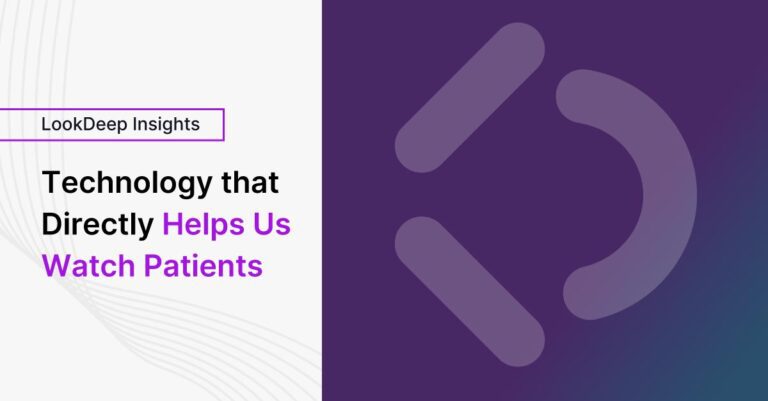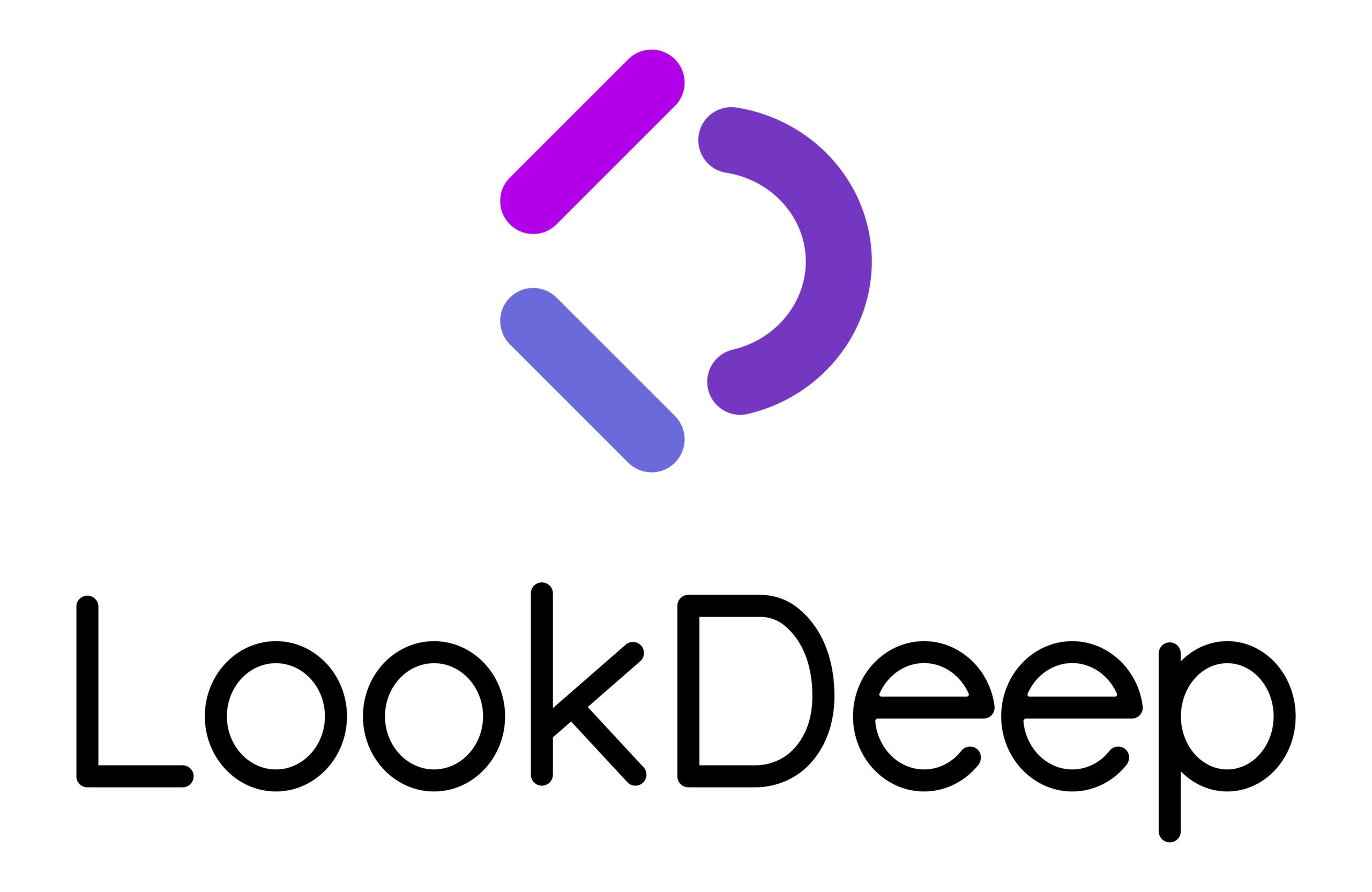Technology that Directly Helps Us Watch Patients
Hospitals in the US are facing a crisis as patient acuity is rising, but staff is more constrained and burned out than ever. As the population continues to age and chronic diseases become more prevalent, hospitals are seeing an increase in the number and complexity of patients they are treating. At the same time, staffing levels are being stretched thin as a result of budget cuts, high turnover rates, and an aging workforce. This has led to a situation where hospitals are struggling to provide the high-quality care that patients need, and staff are struggling to keep up with the demands of their job. Hospitals face a Gordian knot – trapped between needing more staff for better patient care and financial demands that continually ask their clinical teams to do more with less.
Technology that directly helps us watch patients
Computer Vision and AI is the most likely solution to allow the industry to slice through this seemingly intractable problem. Placing virtual eyes on every patient at every moment allows the observations of clinical staff to be in more than one place at a time. By using cameras and AI algorithms, hospitals can gain a better understanding of patients’ movements, actions and behaviors, and use this information to improve patient safety and care.
Even today such algorithms can identify heart rate, respiratory rate and blood pressure, over time their ‘eyes’ will improve from that of a general observer to those of a clinician and those of a wearable sensor.
For example, the technology can see if patients attempt to get out of bed unsupervised. This can help to prevent falls and other injuries, and ensure that patients receive the care they need in a timely manner. In addition to alerting observers of unsafe actions, AI technology can also be used to identify potential problems before they occur. For instance, AI algorithms can be trained to recognize changes in a patient’s vital signs or behavior that may indicate that they are at risk of developing a complication, such as a pressure ulcer or a respiratory infection. This can allow hospitals to intervene early, and prevent the development of more serious conditions that could require more intensive care and lead to longer hospital stays.
In addition to improving patient safety, AI technology can also be used to better understand patients’ mobility, rest-wake cycles, potential delirium, and overall conditions. By observing patients continuously, AI algorithms can identify patterns and trends in their behavior, and provide valuable insights to clinicians. This can help hospitals to better align clinical attention with a patient’s exact needs, and improve the quality of care they receive. For instance, AI algorithms can be used to track patients’ movements and activity levels, and nudge providers if they are at risk of developing a condition such as delirium or experiencing a sudden lack of mobility.
Computer Vision and Patient Observation – AI that creates data vs only interpreting it
AI technology on existing data streams like the EHR offers substantive benefit and is what most of the industry has focused on to date. Computer vision and AI expands this dramatically by increasing the amount and number of clinical observations we have of patients. Overall, the use of both Computer Vision + AI technology in hospitals has the potential to revolutionize patient care.
By using AI to improve patient safety and clinical care, hospitals can help to address the crisis they are currently facing, and provide better care to the patients they serve. In addition to improving patient outcomes, the use of AI technology can also help to reduce the workload on hospital staff, and improve their working conditions. By providing support and assistance with tasks such as monitoring patients, AI technology can help to free up staff time, and allow them to focus on more high-value activities that require their expertise and judgment. This can help to reduce burnout and improve staff retention, which are critical issues for hospitals in the current environment.
Yet the state of Computer Vision and AI today demand that in most cases they work to assist providers – not take over decision making entirely.
Attempting to skip a step and remove human review or oversight, should only be done after careful study on the reliability of insights in the edge cases of care which make hospital care so challenging.
The use of Computer Vision and AI technology in hospitals has the potential to transform patient care, and help hospitals to address the financial crises they are currently facing. While many recognize the long term impact AI will have on hospitals, the challenge they must navigate is how to get started sooner so that these models can learn and be incorporated into the next generation of clinical workflows. The journey towards better can and financial responsibility will require each health system to walk through the crawl, walk, run evolution of pairing AI with clinician intelligence. Those that do not start, may fall insurmountably behind.


